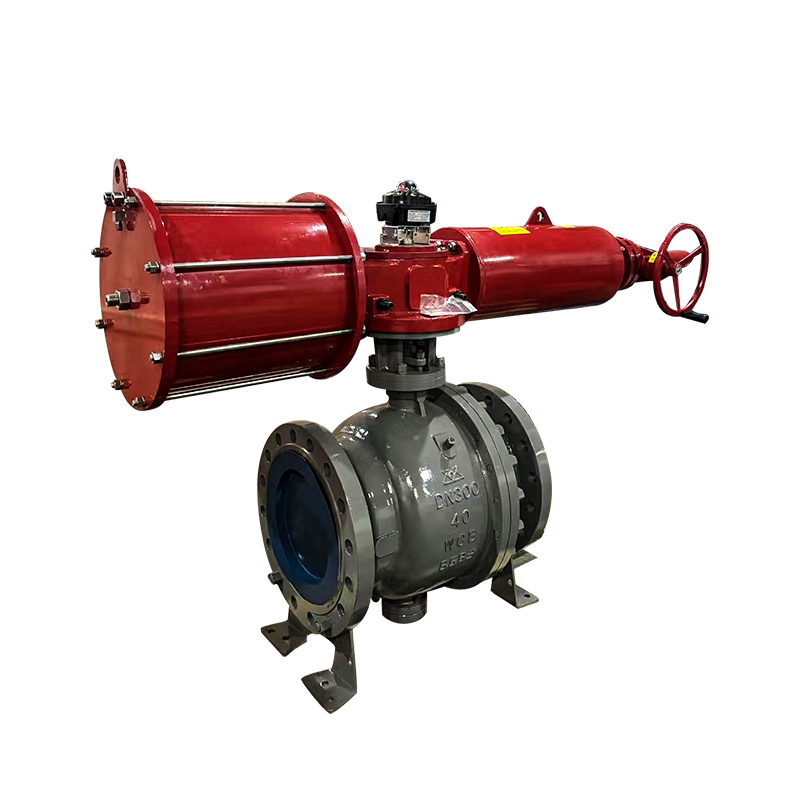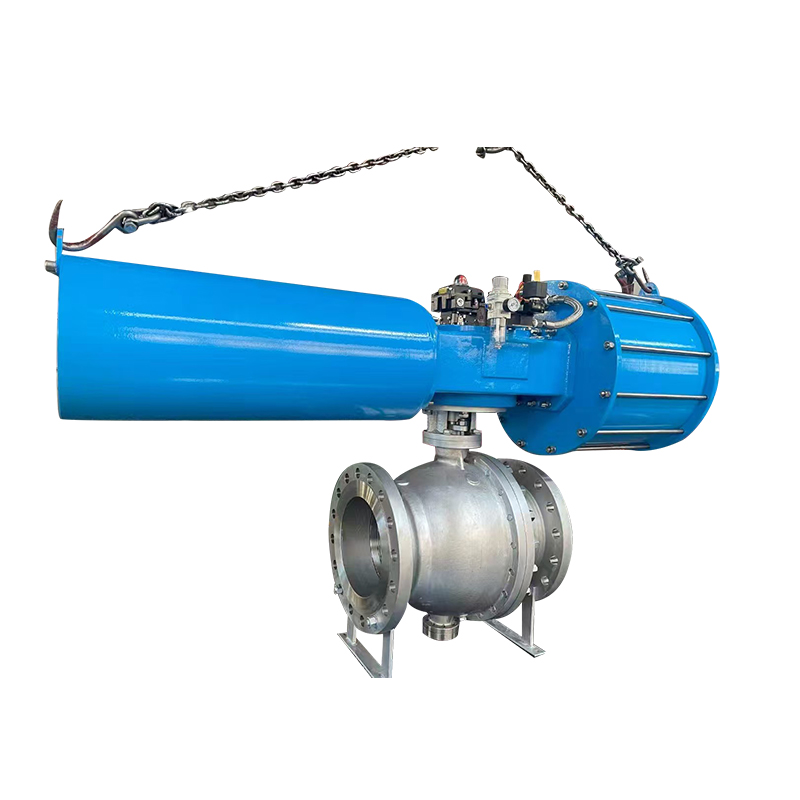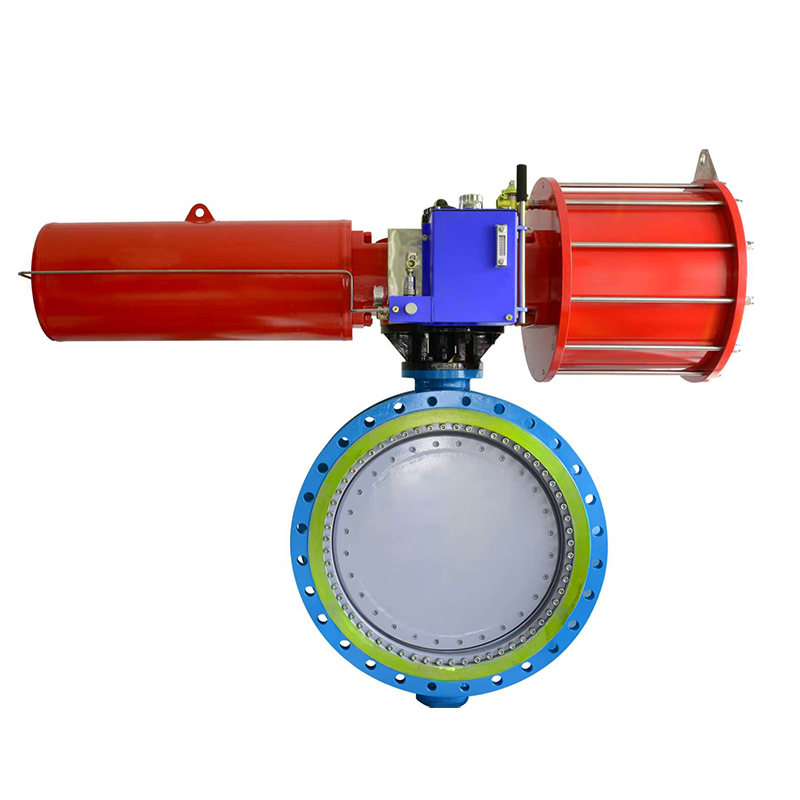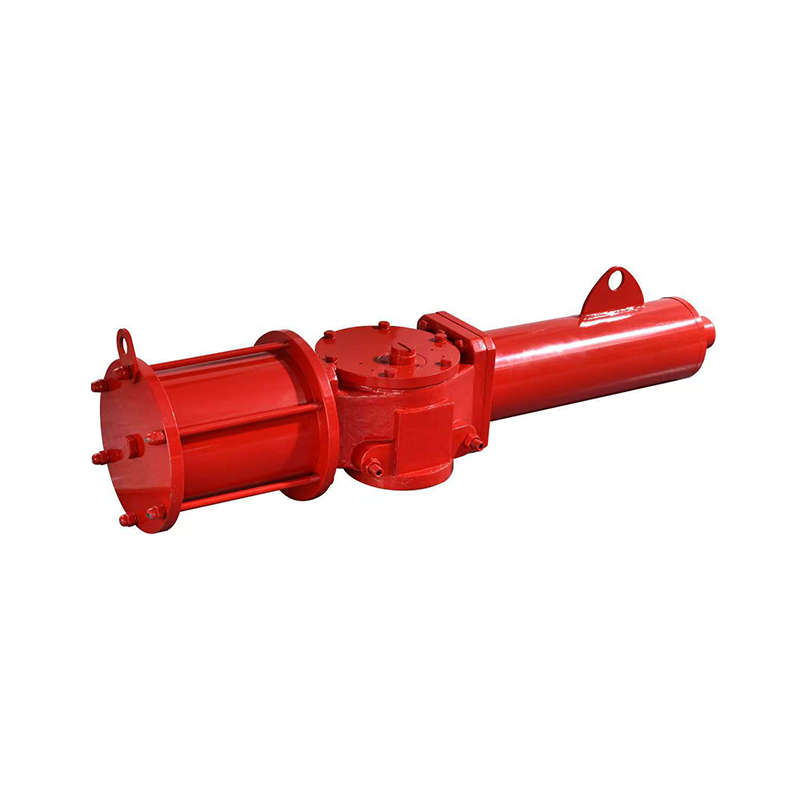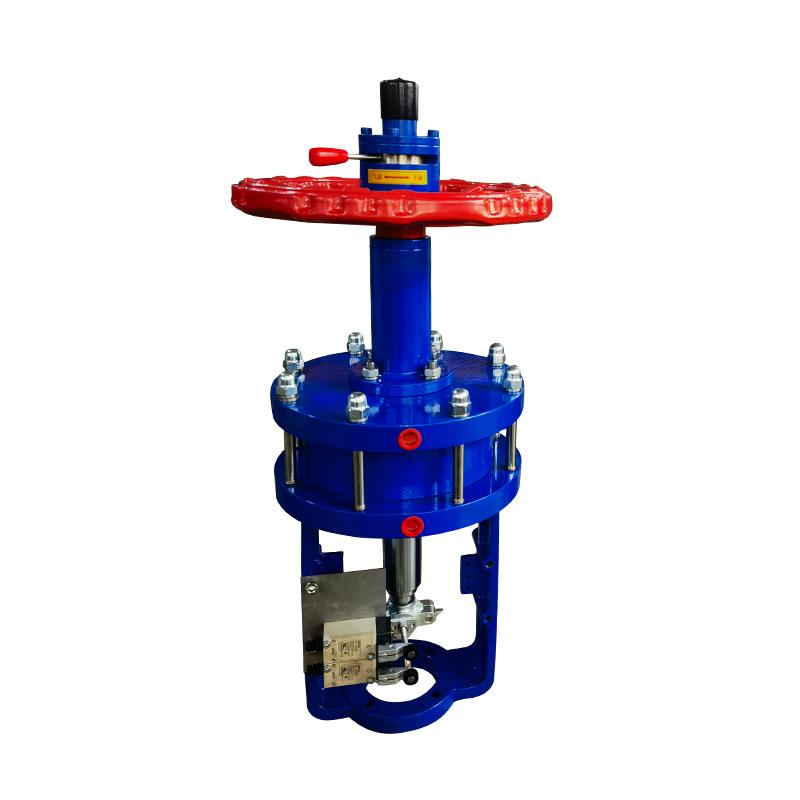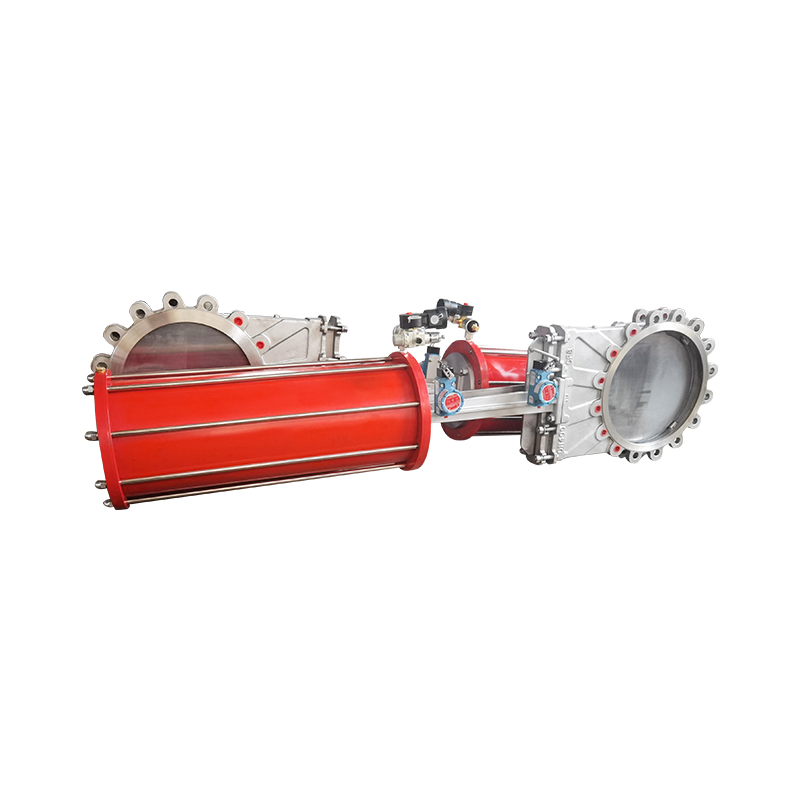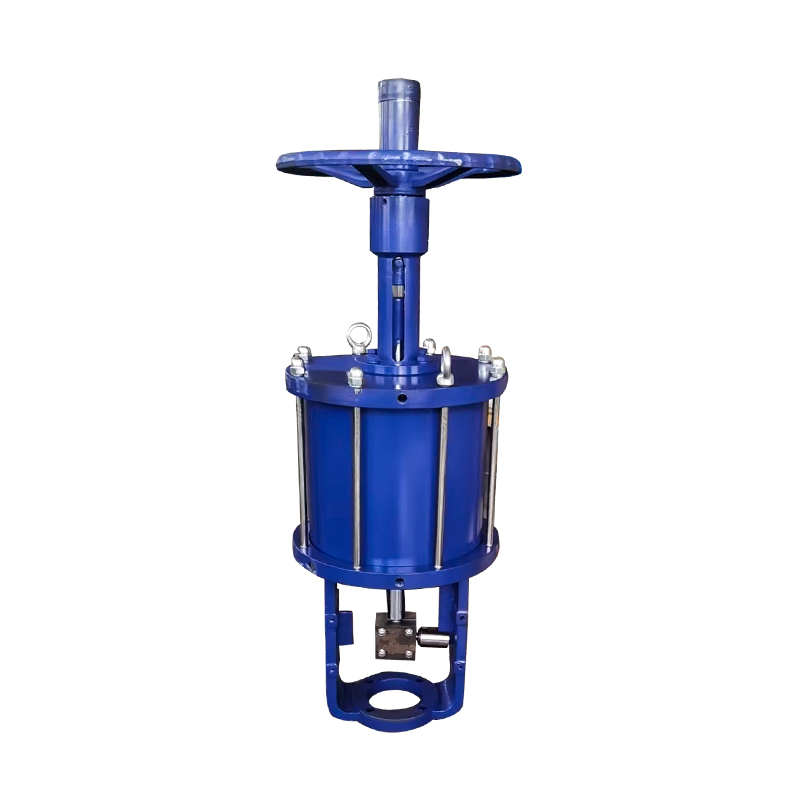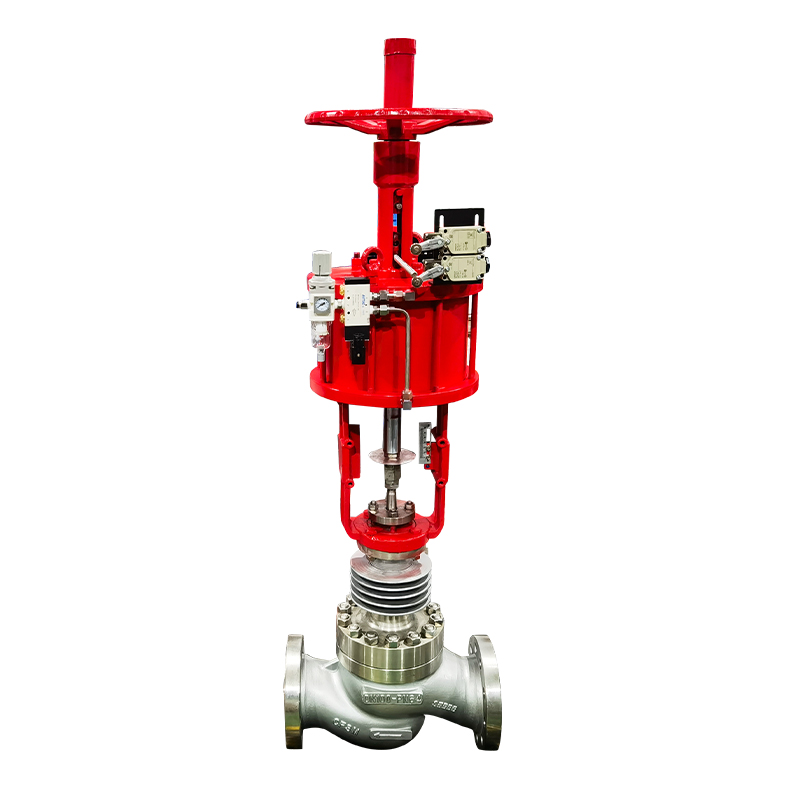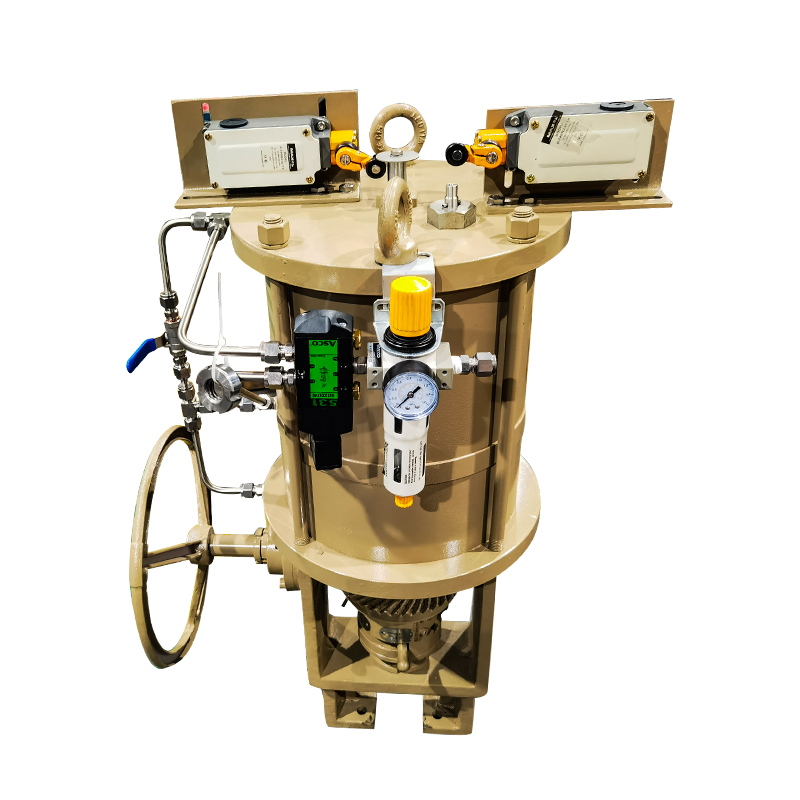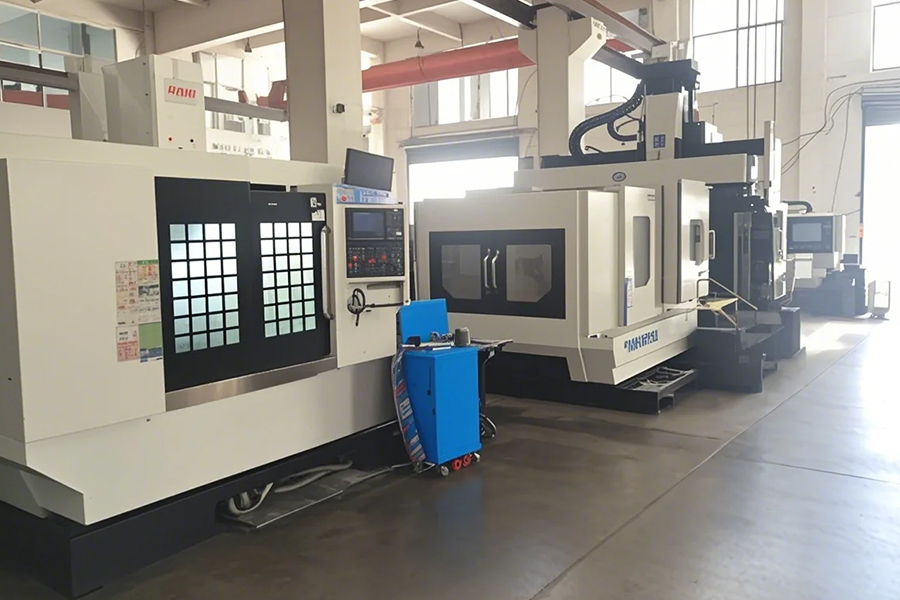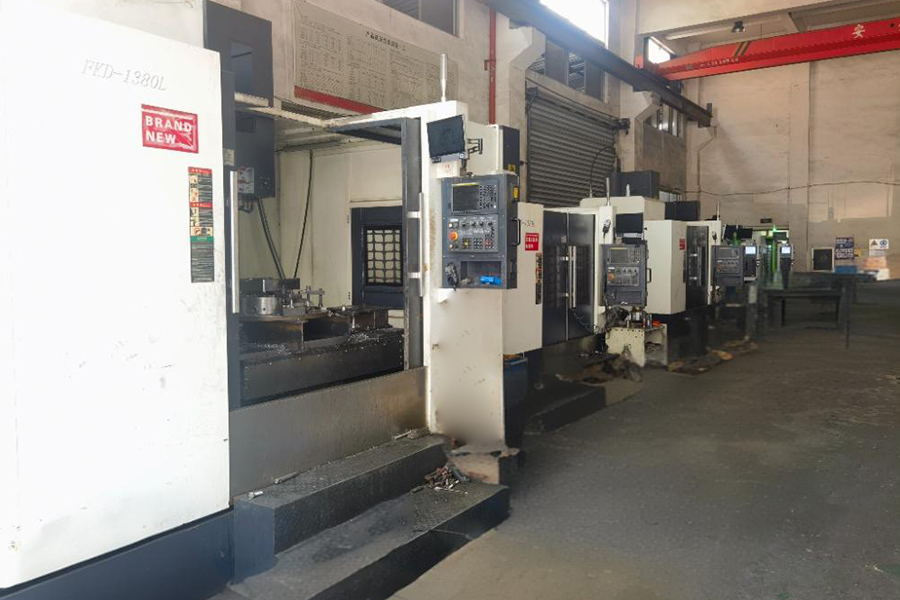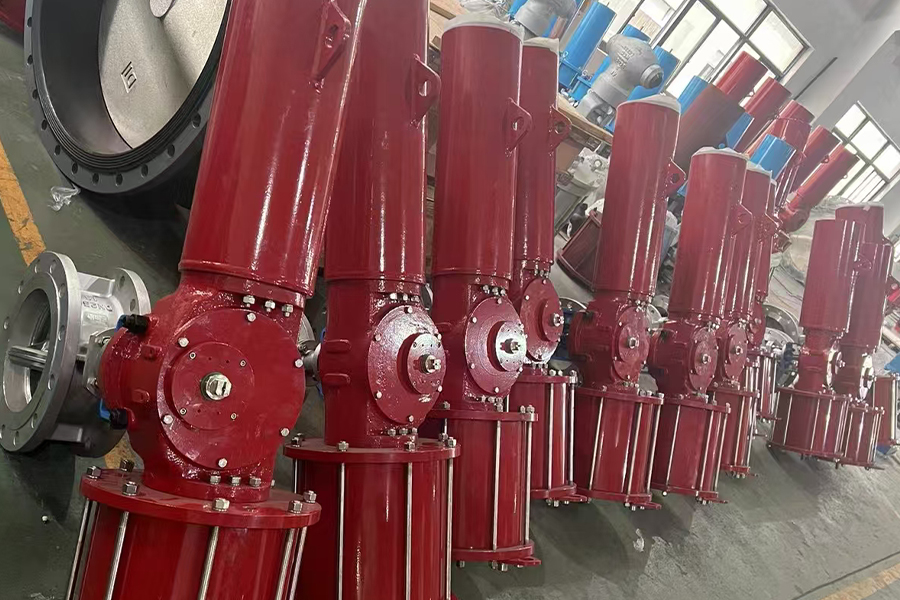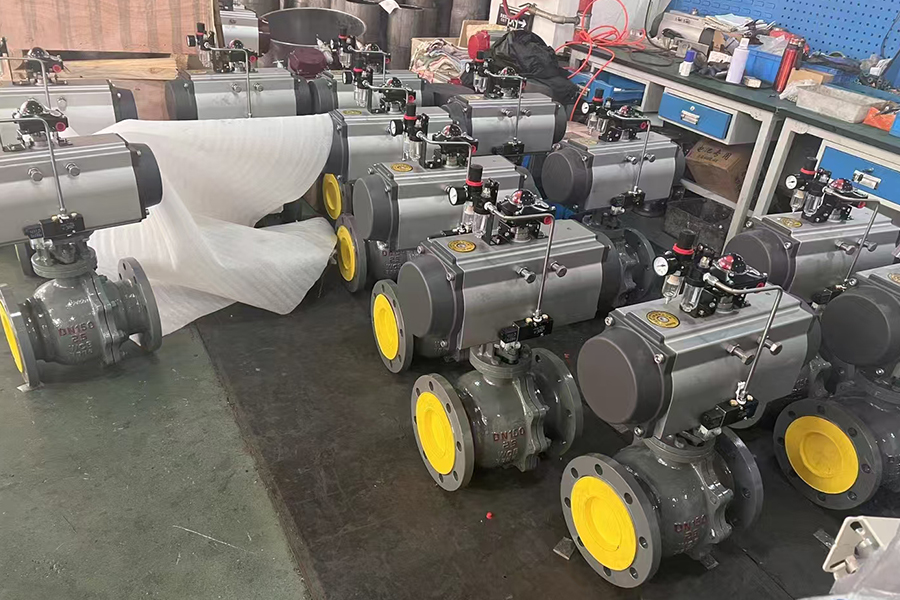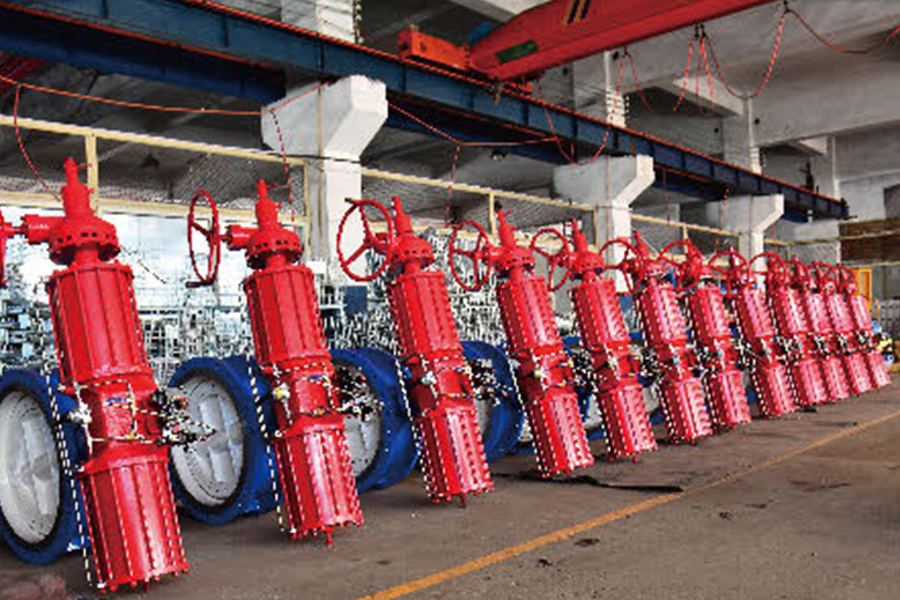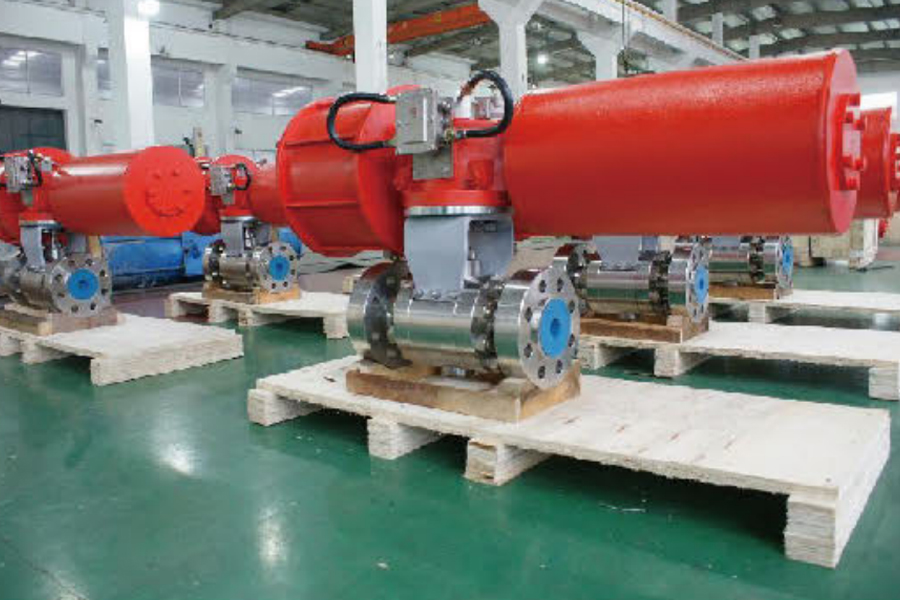Structure and Working Principle
The Double Acting Pneumatic Butterfly Valve With Solenoid Actuator operates by using compressed air to both open and close the valve. Unlike single-acting actuators, which rely on a spring for one part of the cycle, double-acting actuators apply air pressure in both directions—opening and closing—offering greater control and force efficiency.
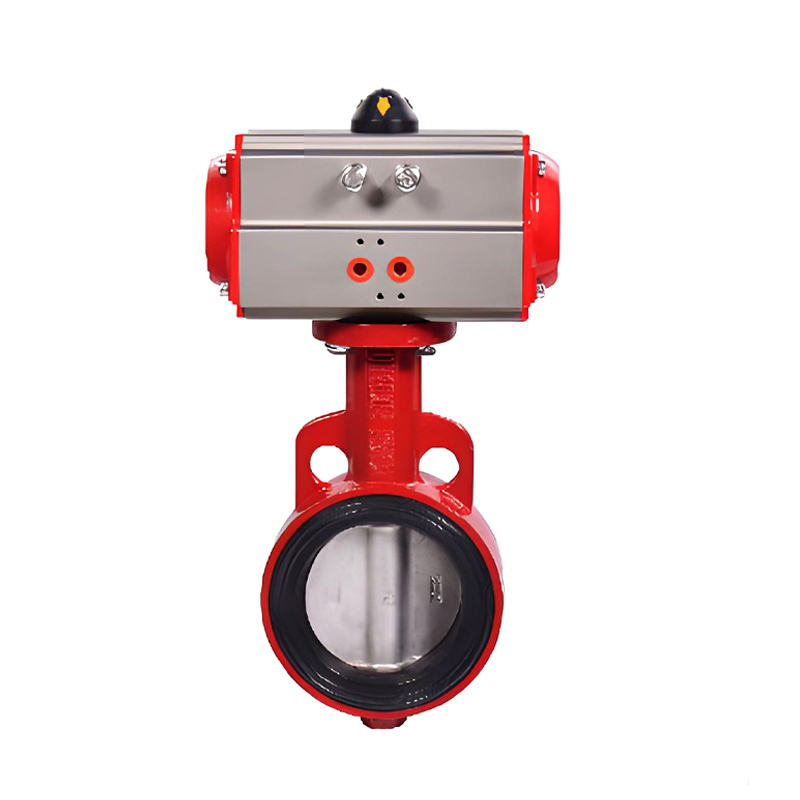
The butterfly valve itself consists of a rotating disc that controls flow. This disc rotates 90 degrees to either allow or restrict flow within a pipeline. The valve is actuated by a pneumatic actuator, which in this case is double-acting, meaning it applies air pressure to both sides of a piston or diaphragm to move the valve in either direction.
The solenoid actuator acts as an interface between the control system and the pneumatic actuator. It receives an electrical signal from a controller (such as a programmable logic controller or PLC) and directs the compressed air to the appropriate side of the actuator. The integration of the solenoid enables automated, remote, and reliable operation of the Double Acting Pneumatic Butterfly Valve With Solenoid Actuator.
Key Benefits
One of the significant advantages of the Double Acting Pneumatic Butterfly Valve With Solenoid Actuator is its fast and reliable response time. Because it uses air pressure for both opening and closing, the actuation speed is faster and more consistent than spring-return types. This is especially valuable in systems requiring rapid cycling or emergency shut-off functions.
Another important benefit is precise control. The solenoid actuator ensures accurate positioning and reliable switching based on electronic commands. This is ideal for integration in process automation systems where timing and consistency are critical.
The Double Acting Pneumatic Butterfly Valve With Solenoid Actuator is also appreciated for its durability and low maintenance. Since there are fewer wear-prone components like springs, the system can operate for longer periods with reduced downtime. This makes it suitable for continuous or high-cycle applications.
Energy efficiency is another factor worth mentioning. While the system does require a constant air supply, the double acting design uses air economically, and energy losses are minimal when compared to other valve types in similar operating conditions.
Typical Applications
The Double Acting Pneumatic Butterfly Valve With Solenoid Actuator is used in various industries, including water treatment, chemical processing, HVAC, food and beverage, and pharmaceuticals. In water treatment plants, it helps regulate water flow efficiently, particularly in automated or remote-controlled systems. In chemical plants, it is used for precise control of aggressive or corrosive fluids, where material selection of the valve body and disc can be tailored to handle such conditions.
In the food and beverage industry, the Double Acting Pneumatic Butterfly Valve With Solenoid Actuator supports hygienic processing with options for stainless steel components and smooth interior surfaces. It ensures clean operation and easy maintenance, which is essential for sanitary processes.
Another application is in compressed air and gas handling systems, where quick and repeatable actuation is necessary for maintaining flow consistency and safety. The solenoid actuator ensures that the system responds instantly to control signals, a crucial feature in automated setups.
Design Considerations
When selecting a Double Acting Pneumatic Butterfly Valve With Solenoid Actuator, engineers consider factors such as valve size, pressure rating, material compatibility, and environmental conditions. The actuator must match the torque requirements of the valve under operating pressure, and the solenoid must be compatible with the system's voltage and control logic.
Material options for the valve body include stainless steel, ductile iron, and PVC, depending on the media being handled. Seal and disc materials are also chosen based on temperature and chemical resistance needs.








